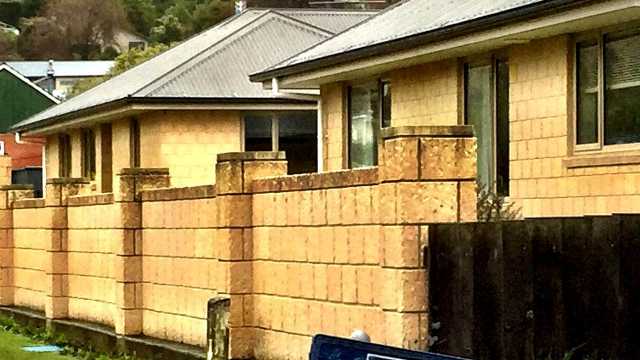Resurgent Housing – Regaining Sheen for Investors?
By,Prashant Thakur, Director & Head – Research, ANAROCK Property Consultants
Residential real estate has been primarily driven by end-users over the past two years. Previously, investors accounted about 20% of the overall buying activity. Now, with the returning vitality in the housing market, the stage is set for investors to get active again. Evaluating residential real estate makes a lot of sense amidst the volatility in other asset classes, and the property market’s enhanced regulatory environment.
What Investors Should Focus on Now
We are already seeing increased activity in high-end markets and projects where sales had more or less frozen for a long time. HNIs are responding to the significantly reduced prices and one can safely assume that these buyers also include investors. However, the ROI that luxury homes can deliver in current market conditions is debatable. The best plays for real estate investors are currently affordable and mid-range housing, where owning multiple units will yield far better returns than one or two luxury homes. With stocks largely over-stretched and financial markets beset by their own challenges, residential real estate can be one of the safest investment bets – albeit from a long-term perspective.
The ‘good old days’ of reaping fast and massive profits from real estate are over – these days, investors must come to the market with more realistic ROI expectations. Short-term speculative real estate investments are neither viable nor profitable anymore. A suitable investment horizon for Indian housing is 5-10 years.
While stock market prices are at their peak, property prices are their lowest. Offers and discounts by developers as well as stamp duty reductions in Maharashtra have resulted in significantly reduced cost of acquisition
Affordability of homes – calculated on the ratio of home loan repayment to income – is expected to touch 27% in FY21 (as against 53% in FY12). With housing prices remaining range-bound over the past 7-8 years, the pickup in demand will eventually cause prices to harden again.
There are lots of options available across budget segments for investors to choose from. including ready-to-move inventory . Also, ready-to-move homes are almost as affordable as under-construction homes – which additionally attract GST.
Choosing the Right Markets
While there are plenty of options on the market, not all options in affordable and mid-segment housing are created equal and need to be examined closely. There is less guesswork involved in luxury properties which, almost by definition, are developed in good locations and by well-known developers. The landscape in the lower budget ranges is much wider and needs to be mapped carefully for the right opportunities.
While considering cities to invest in, the much-hyped housing inventory overloads need to be viewed contextually. Slow-moving housing inventory tends to be in unviable locations of a city, and the same city will invariably have pockets which draw good demand. Real estate investment opportunities must be evaluated more at a micro-market level than at a city level, or one may miss out on some of the best options.
If we consider a 7-year horizon to gauge price growth across cities and markets, average property prices in the top 7 cities (2013-Q3 2020) saw close to a 14% jump. The average price of a home in the top 7 cities rose from approximately INR 4,895 per sq. ft. in 2013 to INR 5,599 per sq. ft. by Q3 2020-end.
Among the top 7 cities, Pune saw the maximum rise of 38% during the period. This was followed by Bangalore and Hyderabad with 20% growth each.
For end-users, there is merit in the currently popular wisdom of sticking to ready-to-move properties as they face no construction risk; however, for investors, the best opportunities may still lie in under-construction projects. The entry level is lower, and price appreciation increases as the project nears completion. Under-construction plays should be restricted to projects by strong national or local players with proven execution capabilities. Ideally, the identified project should be due for completion in 6-18 months.
A word of caution – because it is a cost-intensive asset class even for developers, property prices cannot fall below a certain level. Also, developers cannot price properties below the existing Ready Reckoner/circle rates/guidance values. Under-construction projects with unnaturally low prices (below current market pricing and circle rates) need to be examined very carefully before being short-listed for investment. Despite the RERA assurance, projects are still liable to get stuck and grievance resolutions can take a long time.




